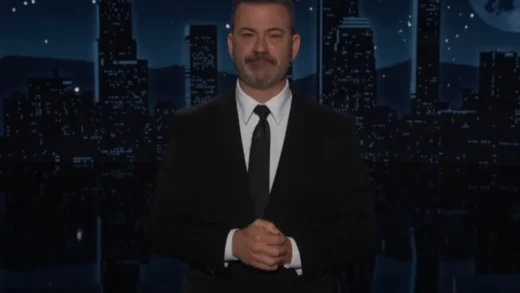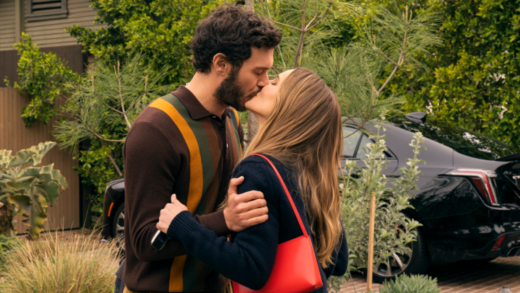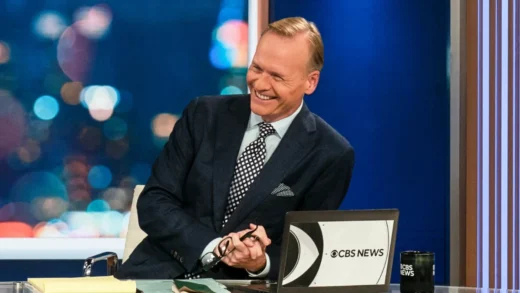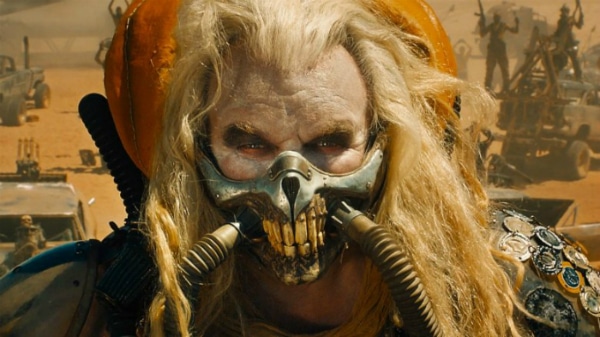
Filmmaking is an insanely difficult process. There are so many people involved, each with their own creative vision, that it can be hard getting everyone on the same page. Plus, you’ve got to deal with issues ranging from financing to scheduling to on-set accidents.
With all the rewrites, test screenings, and last-minute edits, it’s amazing that any film gets made at all. As a result, there are a lot of movies that are just mediocre. But every so often, everything lines up just perfectly. Get the right screenplay with the right director with the right cast and crew, and you just might get a perfect film. These movies are few and far between, but when they come along, you know right away you’ve found a flawless film.[/nextpage][nextpage]
Mulholland Drive (2001)
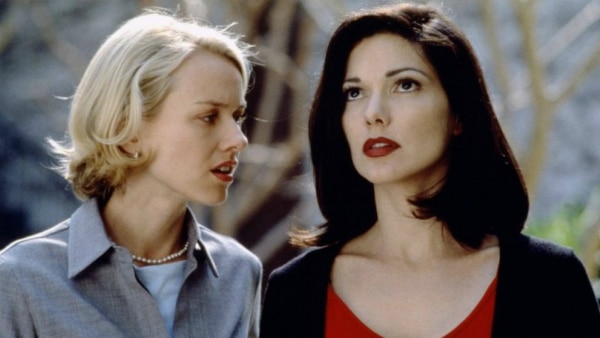
Surrealism has had several cinematic champions over the years, from Luis Buñuel to Alejandro Jodorowsky, but the modern-day master of the movement is David Lynch. The man has a real knack for mining the subconscious and creating terrifying nightmare imagery. For example, there’s Eraserhead and the third season of Twin Peaks, but if you want to see Lynch at the height of his mind-bending powers, then check out his magnum opus, Mulholland Drive.
Explaining the plot is like trying to describe a deep and disturbing dream. The film begins when an innocent actress named Betty (Naomi Watts) arrives in Hollywood with hopes of making it big. She soon stumbles into a strange plot involving a beautiful brunette (Laura Elena Harring) suffering from amnesia, but as Roger Ebert pointed out in his original review, Mulholland Drive ditches traditional plot and instead “works directly on the emotions, like music.” After all, the mass majority of the movie is an actual dream, and by working through a woman’s heartbroken subconscious, Lynch explores the dark machinations of Hollywood and how often our grandiose goals give way to despair.
And while you’re sifting through all this dream logic — what’s up with the blue key and the blue box? — Lynch keeps you glued to the screen with mesmerizing sequences like the Club Silencio musical number, Betty’s jaw-dropping audition, and the eerie moment when a cocky director (Justin Theroux) encounters the world’s creepiest cowboy. And then, of course, there’s one of the scariest scenes in Hollywood history, a masterclass in tension that involves nothing more than two men in a diner. Couple all that with Naomi Watts’ powerhouse of a performance, and it’s no wonder the BBC named this surrealist masterpiece the greatest film of the 21st century so far.[/nextpage][nextpage]
Eternal Sunshine of the Spotless Mind (2004)
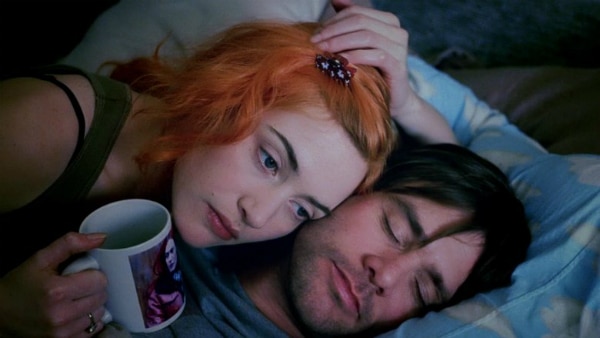
Michel Gondry is a director known for his whimsy and magical imagination. Charlie Kaufman is a screenwriter known for his pessimism and insane originality. When the two combined their cinematic powers in 2004, they created an all-time great romance that was brave enough to take a long, hard look at the ugly side of love and how relationships actually work.
Eternal Sunshine of the Spotless Mind stars Jim Carrey as Joel Barish, a lonely, shy man who meets an outgoing woman named Clementine (Kate Winslet). After their relationship takes a rocky turn, Clementine undergoes a process to wipe the memories of Joel from her mind. Hurt, Joel undergoes the same procedure, but as the technicians erase his memories of Clementine, Joel changes his mind and decides to fight back, desperately stashing memories of his ex-girlfriend away in his subconscious.
Using a shocking amount of practical effects, this inventive romance skips through time and dances in and out of memories, as Joel re-lives both the happy and horrible moments of his relationship, all while discovering the cause of the breakup. Kaufman’s clever sci-fi script won an Academy Award, and with Gondry at the helm, Eternal Sunshine of the Spotless Mind boldly explores what happens when the fresh, new shine wears off a romance, and the couple is left dealing with each others’ faults and flaws. The film doesn’t ignore the pain and pitfalls of making a relationship work, and by examining the different stages of romance, this is a movie that changes and grows with each and every viewing.[/nextpage][nextpage]
Shaun of the Dead (2004)

Over 35 years after Night of the Living Dead, Edgar Wright resurrected the zombie genre with Shaun of the Dead, a romantic comedy featuring Queen, cannibals, and cricket paddles. Wright’s film took the dead genre and brought it back to life, giving it a comic twist. Of course, he didn’t scrimp on the gore either — Shaun of the Dead is the perfect combo of laughs, scares, and tear-jerking drama.
The story follows a slacker named Shaun (Simon Pegg) who’s forced to grow up when the zombie apocalypse descends upon his little British town. With the help of his best friend Ed (Nick Frost), Shaun goes on a quest to save his friends and family, rescue his relationship, and work out some long-simmering issues with his stepdad. Thanks to Wright’s expert use of editing and music, the movie is filled with brilliant comic touches, from the record tossing battle to the “Don’t Stop Me Now” showdown. And with Pegg and Wright penning the screenplay, Shaun of the Dead is basically the blueprint of how to write the perfect comedy. Just listen to that Nick Frost monologue that sets up the rest of the film. It’s brilliant.
But all laughs and no feels make for a boring movie, and that’s where Shaun of the Dead rises above your typical horror-comedy. Sure, the characters are goofy, but they’re real, so when they experience pain and sadness, the movie lets us cry along with them. The moment when Shaun confronts his zombified mom is absolutely agonizing, and if you don’t shed a few tears during Ed and Shaun’s final goodbye, well, you just might be one of the undead. While it’s wonderfully edited and tightly scripted, Shaun of the Dead works so well because it’s a movie with a whole[/nextpage][nextpage]
The Grand Budapest Hotel (2014)
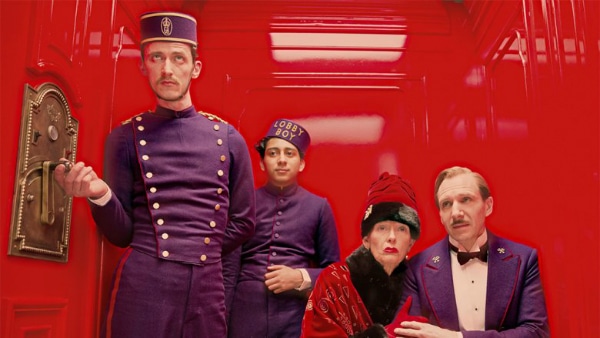
In retrospect, it seems like Wes Anderson’s entire career was building up The Grand Budapest Hotel. It was his highest-grossing film, one of his most critically beloved movies, and it marked the first time Anderson ever received an Oscar nomination for directing. So what was behind the movie’s popularity?
It’s the perfect blend of all things Anderson, from his meticulous world-building and witty dialogue to the melancholy air that hovers over all of his films. But here, he takes things even further, using multiple timelines and aspect ratios to explore nostalgia, manners, and European history, all while walking a tightrope between old world innocence and post-World War II pessimism. It’s a whimsical tale with horror on the horizon, where our heroes get to have one last madcap adventure before polite society crumbles.
The plot involves a lobby boy named Zero (Tony Revolori) who comes to work for the flamboyant and foul-mouthed Monsieur Gustave (Ralph Fiennes) at the Grand Budapest Hotel. Located in the snowy European hills, the hotel is one of Anderson’s greatest creations, popping with pastel colors and intricate rooms, all perfectly designed for this fantasy world. Eventually, Zero and Gustave are sucked into a crime involving a dead countess, a valuable painting, and a terrifying thug, and as the movie hurdles forward, Anderson gives us macabre comedy, stylized action scenes, and some of the most lovably quirky characters of his career.
Seriously, where else are you going to see a stop-motion ski chase, a prison break involving pastries, and secret society of colorful concierges? With a brilliant lead performance from Fiennes (put this man in more comedies, please), The Grand Budapest Hotel is a fanciful breath of fresh air in a world full of big-budget superhero flicks. It’s proof that style and substance can go hand-in-hand — or at the very least, the two can sustain the illusion with a marvelous grace.
(Excerpt) Read More at: Looper.com[/nextpage]

